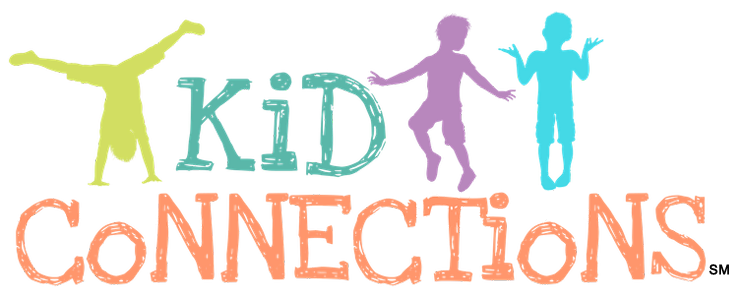It is officially one of our favorite months of the year, so let the celebrations begin! October is more than pumpkins and Halloween. It’s internationally recognized as Augmentative and Alternative Communication (AAC) Awareness Month and it offers a wonderful opportunity for spreading the word as to how we can support people with complex communication needs!
What does AAC stand for?

The first “A” in AAC stands for Augmentative Communication.
When you augment something, you add to it or supplement it. Augmentative communication is when you add something to your speech (e.g. sign language, pictures, letter board). This can make your intended message clearer to your listener!
The second “A” in AAC stands for Alternative Communication. This is when you experience difficulty using verbal output. It is also when your speech is not understood by others. In this case, you need a different way to communicate. These communication needs can be met through some awesome devices and technology support!








We have some pretty amazing communicators in our schools, homes, and communities that communicate through what are called no-tech, low-tech and high-tech devices. No-tech is a form of communication using no technology, such as sign language, facial expressions and gestures. Some low-tech devices include communication boards, core-board posters, and core word pictures. Some high-tech devices you may have seen individuals use are iPads, tablets or computers with language software applications on them. These ways are all super beneficial to complex communicators who need support facilitating their language!
You may now be wondering…where do I fit into all of this?
Individuals who use AAC love to talk just as much as we do and it is important to know that you can be an important support for complex communicators!
Take a look at these Helpful tips
- Talk directly to the person who is using AAC, not to an accompanying caregiver, family member, or assistant. This shows respect to that person and lets them know that what they have to say is important.
- Speak in a normal tone of voice without exaggerating! Many AAC users have typical hearing and may not enjoy an increase in vocal volume.
- Be patient! AAC competence and use takes time. Give AAC users the time and space they need to generate their message.
- Ask individuals about their preferences. For example, do not assume that an AAC user wants you to read their message over the shoulder. Also, try not to finish their sentences before they completely type them out. What you think they want to say, may not actually be what they want you to know.
- Just like us, individuals with complex communication needs have their own stories, preferences and jokes that they like to share. Provide them the opportunity to communicate about those topics to learn more about them!
- Individuals using AAC supports and devices participate in evaluations to find what works best for them. Take some time to learn about those devices and supports so that you can better communicate with these partners!
- Be a MODEL! Try to stay away from asking numerous questions and take time modeling your own language. Especially for individuals being introduced to AAC for the first time, this is a great way for them to learn in all contexts how to build upon their language and increase their success and independence!


No matter the modality we use to communicate our messages, what we have to say is important. Please join us in celebrating our wonderful AAC users and their amazing language supports!
By: Isabelle Filiciello; Speech-Language Pathologist, Kid Connections Therapy

